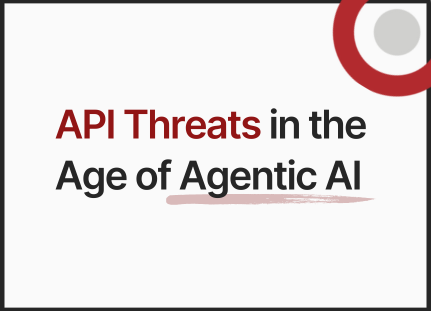
Bots now generate over 50% of global internet traffic. But not every bot is harmful.
Some bots are essential for the internet to function, such as crawlers that keep search results up to date, and the problem lies with malicious bots. They are the ones that flood login pages, hoard inventory, or overwhelm APIs.
Businesses often frame this as a pure security problem: block the source, patch the gap, move on. But that’s not what users feel when pages slow to a crawl, a transaction fails, or a login times out. When not handled, the web application will have users feel unreliable.
This shift in perception matters. A service under strain from bots not only risks intrusion; it risks losing the confidence of the people it was meant to serve. After all, the role of security isn’t separate from performance.
(See how a news site handled performance and security pressures in this case study.)
Good Bots v.s. Malicious Bots (Examples)
| Good Bots | Malicious Bot | |
|---|---|---|
| Search & Indexing | Googlebot, Bingbot, Baidu Spider | Fake crawlers scraping product catalogues or proprietary content |
| Monitoring | UptimeRobot, Pingdom, health-check bots | Bots probing endpoints to map infrastructure for later attack |
| Accessibility & Utility | Screen-reader bots, feed fetchers, chat integrations | Spam bots auto-filling forms, fake account creation bots |
| E-commerce & Ticketing | Price comparison engines (legitimate aggregators) | Scalping bots buying out inventory, card testing bots abusing checkout flows |
| Content & Media | RSS feed bots, social sharing bots | Content scraping bots copying articles, download bots draining bandwidth |
| Security Research | Ethical vulnerability scanners, penetration testing bots | Credential stuffing bots, brute-force login bots |
From user frustration to system strain
When malicious bots surge against a service, the first signs appear on the front end (instead of security logs). Pages hesitate, forms fail to submit, and login sessions cut out midway. To a user, it feels like the service itself is unstable.
Behind the scenes, resources are being spent on traffic that was never real. For example, a scripted login can chew up the same database calls as a genuine one. Site crawlers hitting every page of a catalogue consume the same bandwidth as an actual paying customer too. Without the right security in place, your backend servers are not able to tell the difference quickly enough, and this stretches legitimate requests queue and slow down responsiveness.
Analytics is essential for most web apps and bots (when not managed), can lead to misleading data that hurts decision makings. For example, when traffic data rise (but much of it is noise), teams may scale capacity to meet what looks like demand, yet performance doesn’t improve. The outcome is higher spend with no better experience for real users
When traffic peaks, the risk peaks
The strain from bots may not arrive quietly. It hits hardest at the same functions that already face natural peaks from real users:
- Logins and authentication: credential stuffing campaigns run in parallel with genuine sign-ins, slowing sessions for everyone.
- Checkouts and payment flows: automated purchases and card testing consume the same processing power as real transactions.
- Search and catalogues: scrapers hit product pages at scale, adding weight to already busy browsing functions.
- Forms and registrations: fake account creation and spam submissions choke validation processes while legitimate users queue.
- Content delivery: bots accessing media files or articles pile on top of genuine surges during popular events.
These are critical touchpoints for any digital service. When they falter, users don’t think about attacks. They just feel the app can’t be trusted.
Security is performance
Until recently, bot defence was usually handled as a small part of broader security controls. Rules would be updated, suspicious IPs blocked, and attention would shift back to other threats. Performance sat in a different bucket, managed by operations.
That separation no longer works. Every slowdown caused by bots is felt as a failure in user experience. Every wasted cycle adds cost without improving reliability. Security controls that only block traffic miss the real measure of success: can users complete their sessions smoothly?
The better way to see it is that security and performance share the same objective. Protecting against malicious bots isn’t just about keeping bad traffic out, it’s about keeping legitimate traffic flowing without disruption. That’s what defines trust in a digital service today.
Trust is built on performance
Bots are more than background noise in a traffic report. Malicious bots are a direct source of slowdowns, failed sessions, wasted resources, and all these lead to the kind of problems users notice immediately. The risk is not just intrusion but erosion of trust.
Recognising bot defence as part of performance is the first step towards the real shift. It moves security from a background safeguard to a driver of reliability. In an environment where confidence can be lost in seconds, that shift can decide whether users stay or leave.
That’s also why businesses of all sizes are rethinking the approach for their platforms, and MaxiSafe is designed with the same approach. By placing protection at the edge with built-in bot management, it keeps services running smoothly to preserve trust.
Security and performance, delivered together. Learn more about MaxiSafe.



